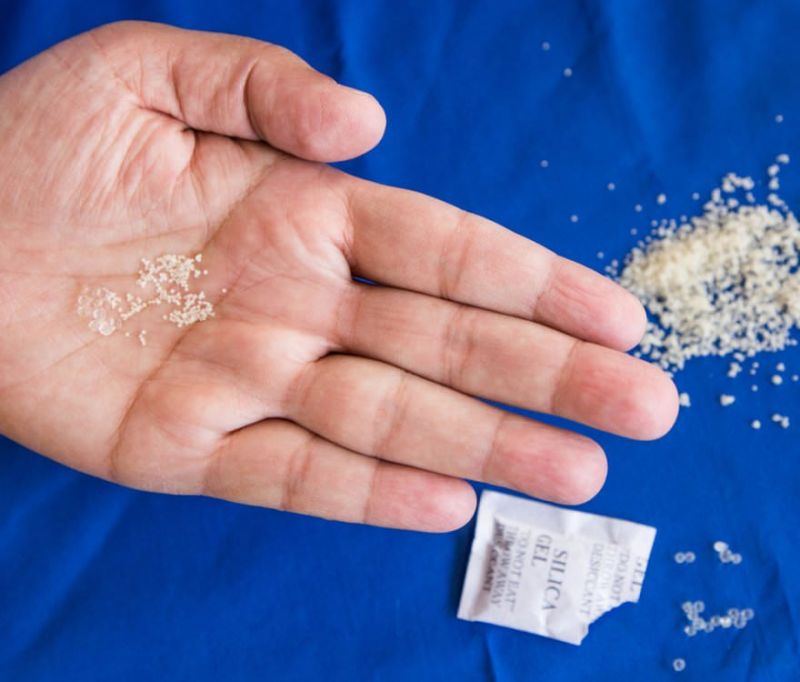Researchers Explore Complex Carbohydrates to Protect Water Quality
Published on by Water Network Research, Official research team of The Water Network in Academic
Brainstorming sessions between a food chemist and a hydrologist at South Dakota State University have produced an innovative, potentially money-saving idea that will put nutrients back in the field.
BY CHRISTIE DELFANIAN

Assistant professors Srinivas Janaswamy of the Department of Dairy and Food Science and Laurent Ahiablame of the Department of Agricultural and Biosystems Engineering will explore the use of polysaccharides, complex carbohydrates commonly used in food products, to absorb nitrates and phosphorus through a grant from the South Dakota Department of Agriculture Nutrient Research and Education Council.
“I work to improve agricultural water quality,” Ahiablame said. “I’m looking at materials, such as wood chips and steel shavings, to capture nutrients at the edge of the field before they run off into creeks or streams.”
Polysaccharides thicken and give texture to foods, such as ketchup, ice cream and even chocolates, explained Janaswamy. “Nitrates and phosphorus in water could be nicely attracted to polysaccharides—all we have to do is put them into the nutrient-containing water,” he told Ahiablame. That idea then led to a funded project to explore whether polysaccharides can do the job.
“We are preparing the beads now,” Janaswamy said. The beads are about the size of the cornmeal in grits and tinier than the silica gel beads used in shoe boxes.
The first step is to determine whether these beads will work in a lab setting. The researchers will evaluate the rate at which the beads both absorb and release nutrients, as well as their maximum capacity. Ahiablame estimated the lab work could take at least two years. One graduate student and one undergraduate student from the Department of Dairy and Food Science will also work on the project.
Because the beads are biodegradable, Janaswamy anticipates that after the beads absorb the nutrients, they can be spread on fields to fertilize crops, thus saving producers money. “We’re really excited,” he said. “If it works, it will be revolutionary.”
Though the research has just begun, Ahiablame said, “It could have enormous beneficial applications.”
Source: SDSU
Media
Taxonomy
- Agriculture
- Treatment
- Treatment Methods
- Decontamination
- Resource Management
- Contaminant Removal
- Hydrology
- Groundwater
- Hydrology
- Groundwater Pollution
- water treatment
- Agriculture